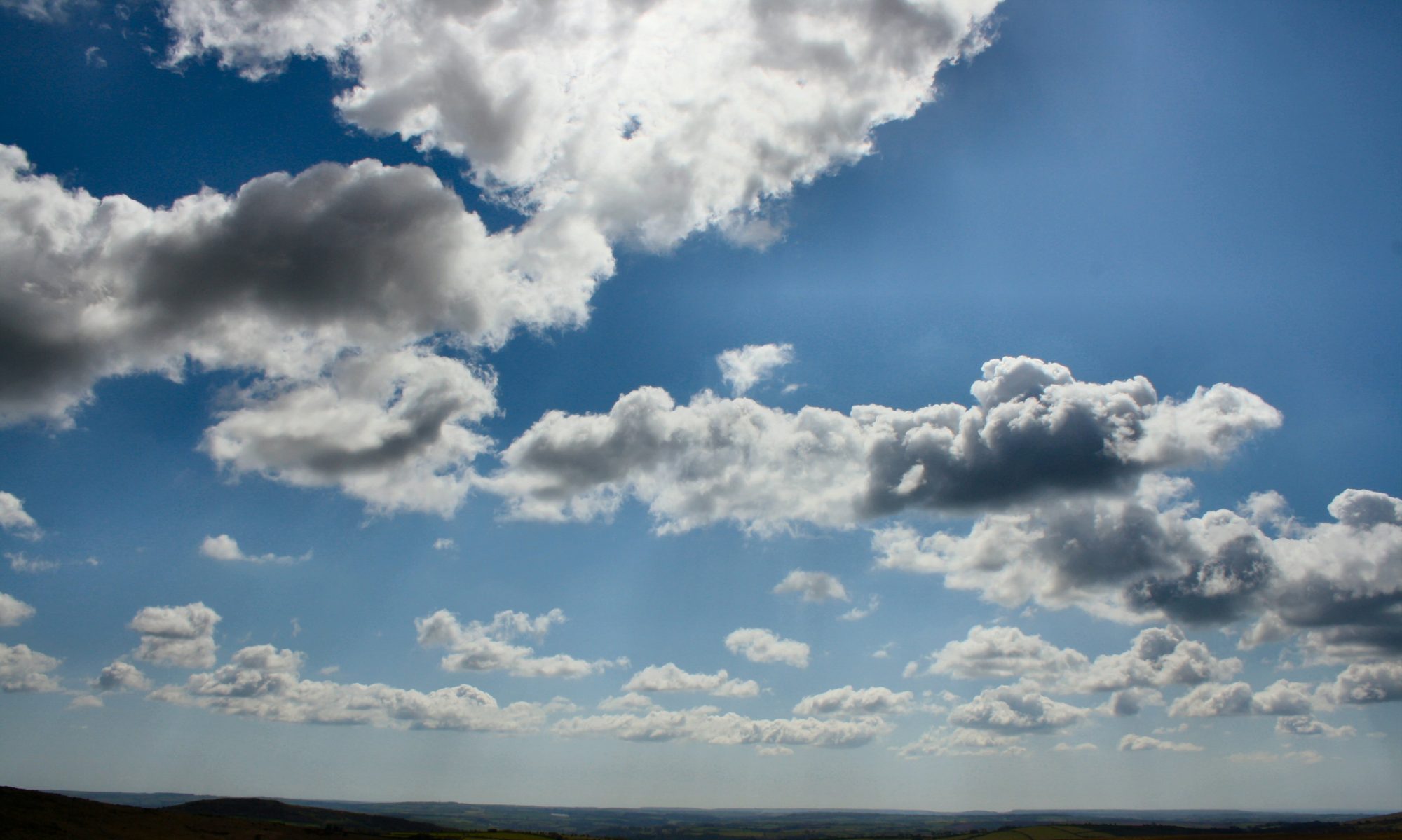Parish Council Minutes – November 2022
BRIDFORD PARISH COUNCIL MEETING MINUTES 10TH OCTOBER 2022
Bridford Grass Verges – Your opinion matters!
Back in January this year Bridford Parish Council adopted our suggested “Ecological Management Plan” for the grass verges along Pound Lane and Butts Close in the village. Traditionally these road verges have been managed through regular mowing which, whilst neat, provided minimal shelter or foraging opportunities for wildlife such as bees, butterflies, and small mammals.
With over 97% of wildflower meadows destroyed since the 1930s, well-managed road verges can be a vital refuge for bees, butterflies, birds, bats and bugs and help to replace those missing wildflower meadows. Our plan proposed regular mowing of a 1m strip of grass immediately adjacent to the road, and around any amenities such as seats, dog bins etc, with the remaining areas allowed to grow long from Spring through to Autumn giving native plants the opportunity to flower and set seed. If we get the plants right a wide range of wildlife has a better chance of thriving. One mile of wildflower-rich verge can produce 20k of nectar sugar – enough to feed millions of pollinating insects. Implementing this plan will also help to reduce carbon emissions through cutting less, and will create more diverse and resilient habitats that are better able to cope with climate change.
Of course there have been challenges along the way. The regular cutting regime together with fertiliser run off from fields and dog waste have combined to increase the fertility of the ground which benefits the grasses and plants which are considered invasive or problem plants such as docks and thistles (we removed these by hand in early August before they had a chance to seed). Our plan included the sowing of yellow rattle seeds which, once established, draws water and nutrients from grasses growing around it and can reduce grass growth by up to 60%. At the beginning of October your Wildlife Wardens and long-suffering family members completed the scarification of the verges and sowed yellow rattle seeds where they can make contact with the soil and hopefully have a good chance of germination in the spring.
Another challenge has been the unusually warm, wet weather we have had since the grass was mown in late August. The grass is now growing very strongly and will require cutting soon, and perhaps again as the grass needs to be kept short until the seeds have actually germinated.
Yet another challenge has been the need to remove the clippings after the main cut in August when the grass is long. These were left in piles in the hedges by the contractor but the Parish Council wantedus to remove these. Again we rose to the challenge and one of the Wildlife Warden team and her husband filled 12 large dumpy bags with the now heavy and soggy grass cuttings and made 4 car trips to and from their garden to put on their compost heap (see photo). Going forward we have requested that the Parish Council arrange for the contractor to either take away the grass cuttings or take them to a designated place in the village (perhaps on the allotments?)
But the greatest challenge of all has been changing hearts and minds. People are used to seeing neat grass verges and we all know that accepting change (however sound the reasons) can be difficult. If you live in Bridford we would love to hear your views. Please drop us a line at wildlifewarden@bridfordvillage.co.uk to let us know whether or not you support our Ecological Management Plan. Perhaps you may have some ideas for helping us to manage the verges more effectively with wildlife in mind or would like to offer your help.
We would like to thank Jon Garner from GE Consulting (ecological, arboricultural and land management services, www.ge-consulting.co.uk) for his work harrowing the grass verge prior to our early October working party.
CLOSURE OF TEIGN VALLEY ROAD
The Teign Valley Road B3193 will be closed 24 hours a day from next Monday except for emergency vehicles and the school bus before 8.00am.
Some deep patching work and concrete haunching is taking place to stabilise the road. The road is due to be closed until 16th November unless progress is quicker than anticipated.
BRIDFORD PARISH COUNCIL MEETING AGENDA 7TH NOVEMBER 2022
Parish Council Minutes – October 2022
BRIDFORD ALLOTMENTS
All is looking good at the allotments. Thanks to Jim and Emma Gallagher who kindly repaired the entrance with new fencing and posts and then re-hung the gate.
There is a half plot currently vacant at an annual rent of just £15.00. For further information, please contact the Clerk tel. 01647 252805 or email: [email protected]
LENGTHSMAN REQUIRED FOR LOWER ASHTON PARISH
Is there anybody in Bridford who would be interested in undertaking the following role?
Ashton Parish Meeting seeks the services of a lengsthman to keep gullies, drains and buddle holes clear each autumn and winter. With additional duties by agreement. Those who wish to bid for the work are invited to email ashtonparishclerk@outlook.com for the Statement of Work, and return it to the clerk by end of November 2022.
EARTH PHOTO EXHIBITION AT HALDON FOREST PARK
The Earth Photo exhibition has launched in Devon for the first time, hosted at Haldon Forest Park now until 4 January 2023. Nestling among towering trees, the exhibition of stunning and poignant photography is the climax of an international competition run by Forestry England and the Royal Geographical Society, showcasing a selection of stunning images shortlisted for the 2022 prize. Haldon Forest Park is one of only six locations hosting the free exhibition, which is located a short distance from the car park on a wheelchair and pushchair accessible trail.



